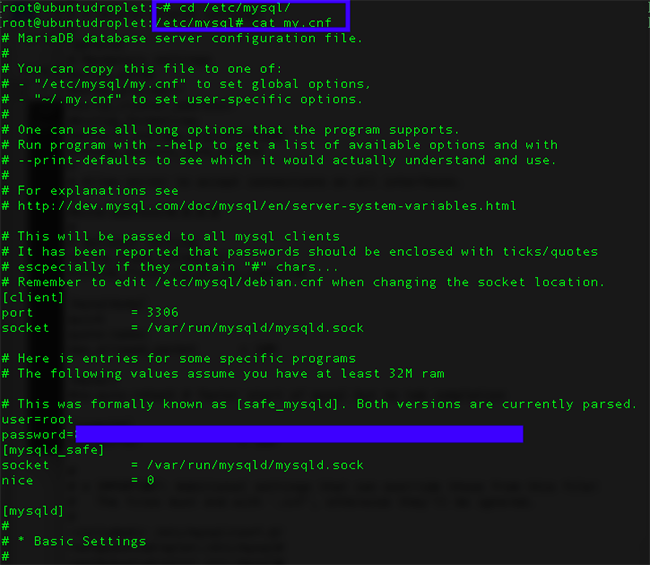

You can also reset this behavior and ensure that your key strokes are being received correctly by pressing SHIFT and CTRL a few times, then testing your number keys again. You can avoid the problem by copying the text, then pasting it into the console by pressing CTRL + v. For example, pressing the 2 key may enter happens only when typing. If you type directly into the console, it may initially read your number keys incorrectly, as if the SHIFT key is pressed. This is typically the root user or a user configured with sudo privileges. At the login prompt, enter the user you want to log in as.

When the console opens, click the console screen and press ENTER to ensure that the login prompt has focus. Click the Launch Console button to open a web-based console session. Log In with the Recovery Consoleįrom the DigitalOcean Control Panel, first click the name of the Droplet you want to access, then select Access from the left navigation. You will receive an email containing the Droplet’s temporary password. Click the Droplet’s name to open its detail page, then select Access in the left navigation.Ĭlick Reset Root Password to reset the Droplet’s password. From the project the Droplet is in, or from the main navigation’s Droplets page, locate the Droplet. If you log in to your server using SSH keys and have not set up a password for the root account or a sudo user, you need to use the DigitalOcean Control Panel to create a new root password. If you typically log in to your Droplet using a password, or if you have set a password for the root or a sudo user on the system, you already have the credentials you need to log in. You can use this feature to log in and revert bad settings to regain normal access. It emulates the access you would have if you were sitting down with a keyboard and monitor attached to the actual server. The Recovery Console provides out-of-band access and is available regardless of your network settings. However, changes to your network or service configuration files could leave you unable to log in remotely using these methods. Most users manage their DigitalOcean Droplets using SSH, PuTTY, or a control panel they’ve installed themselves. Each Droplet you create is a new server you can use, either standalone or as part of a larger, cloud-based infrastructure. DigitalOcean Droplets are Linux-based virtual machines (VMs) that run on top of virtualized hardware.


 0 kommentar(er)
0 kommentar(er)
